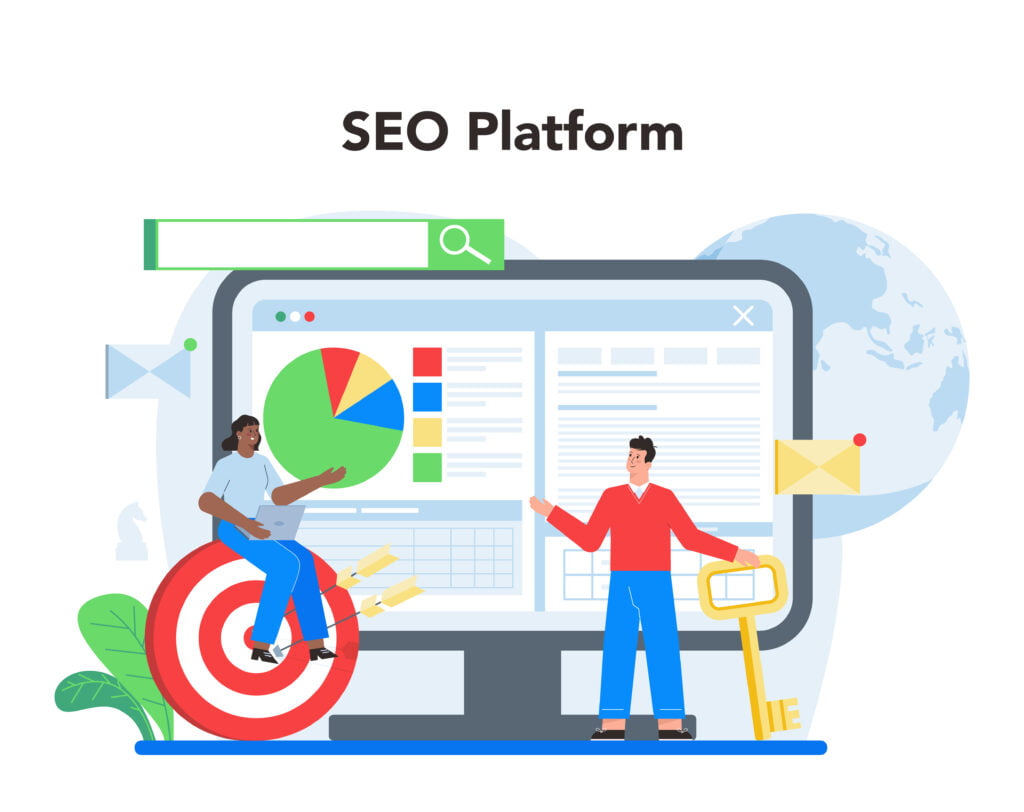
In today’s digital world, the success of a blog largely depends on more than just the quality of its content. While well-written, informative posts are crucial, the design and functionality of your blog—collectively known as the blog interface—play a significant role in attracting and retaining readers.
Whether you’re using pre-designed themes or opting for custom WordPress development services, ensuring that your blog-interface is optimized for usability is essential. The blog interface is the gateway to your content, and if it’s not user-friendly, even the best articles might go unnoticed.
In this comprehensive guide, we’ll explore what makes a blog interface effective, how to design one that meets the needs of your audience, and why a well-crafted blog interface is essential for your blog’s overall success
What is Blog interface and why Its Matter?
The term “blog interface” refers to the overall design, layout, and interactive elements that make up your blog. This includes everything from the way your content is displayed to how users navigate through your site. A well-designed blog-interface is intuitive, user-friendly, and aesthetically pleasing, ensuring that visitors can easily find the information they’re looking for and enjoy their experience on your site.
A successful blog-interface is more than just visually appealing; it’s functional. The user layout on your blog should make it easy for readers to navigate through your material. If the layout is confusing or cluttered, users are more likely to leave your site without engaging with your content. Therefore, the blog layout directly impacts user experience, bounce rates, and ultimately, your blog’s success.
Key Elements of an Effective Blog Interface
Designing a blogging layout that resonates with your audience requires careful consideration of several key elements. Each component of the blog layout should work together to create a cohesive and engaging experience for your readers.
Intuitive Navigation
Navigation is one of the most critical aspects of a blog interface. Readers should be able to explore your blog effortlessly, with clear and organized menus that lead them to the content they’re interested in. A well-structured blogging layout with easy-to-find categories, a search bar, and breadcrumb trails can significantly enhance user experience.
Responsive Design
In today’s mobile-driven world, a responsive blogging interface is essential. Your blog should look and function well on all devices, from desktops to smartphones. A responsive design ensures that your blog layout automatically adjusts to different screen sizes, providing an optimal viewing experience regardless of the device being used.
Clean and Consistent Layout
A clean layout is key to a successful blog interface. Cluttered pages can overwhelm readers and make it difficult for them to focus on your content. By using white space effectively and maintaining a consistent design throughout your blog, you can create a more pleasant and readable blog interface. Consistency in typography, colors, and design elements helps build your brand identity and makes your blog more recognizable.
Fast Loading Times
A blogging layout that takes too long to load can drive visitors away before they even have a chance to read your content. Optimizing your blog’s performance by compressing images, minimizing code, and using a reliable hosting service can ensure that your blog interface loads quickly and keeps users engaged.
Engaging Visuals
Visual content, including images, videos, and infographics, plays a crucial role in creating an engaging blogging layout. Excellent images not only enhance the aesthetics of your site but also aid in highlighting important ideas and breaking up material. However, it’s important to strike a balance; too many visuals can clutter your blogging interface, while too few can make it appear dull.
Clear Call-to-Actions (CTAs)
Effective CTAs are essential in guiding your readers through your blog and encouraging them to take specific actions, such as subscribing to your newsletter or sharing your content on social media. Your blogging layout should include strategically placed CTAs that stand out without being intrusive.
The Impact of a Well-Designed Blog Interface on SEO

A well-crafted blogging layout not only enhances user experience but also plays a crucial role in search engine optimization (SEO) services. Google and other search engines prioritize websites that offer a positive user experience, and a well-designed blog-interface is a significant part of that equation. Here’s how a strong blog interface can boost your SEO efforts:
Lower Bounce Rates
A user-friendly blog interface encourages visitors to stay on your site longer, reducing bounce rates. When users can easily navigate your blog and find the content they’re looking for, they’re more likely to engage with multiple pages. Search engines interpret lower bounce rates as a signal that your site provides valuable content, which can improve your rankings.
Improved Mobile Usability
As was already discussed, in the mobile-first world of today, a responsive blog-interface is crucial. Search engines like Google reward mobile-friendly sites with better rankings. By ensuring that your blogging layout is fully responsive, you can cater to a wider audience and improve your chances of ranking higher in search results.
Enhanced User Engagement
A visually appealing and well-organized blog interface encourages users to explore your content further, increasing engagement metrics such as time on site and pages per session. These metrics are important factors that search engines consider when determining your site’s relevance and authority.
Faster Load Times
For search engines, page speed is a crucial ranking element. A fast-loading blog-interface not only improves user experience but also positively impacts your SEO. By optimizing images, using a content delivery network (CDN), and minimizing scripts, you can enhance your blog’s load times and boost your search engine rankings.
Conclusion
A well-designed blog interface is the foundation of a successful blog. It enhances user experience, boosts SEO, and reinforces your brand identity. By focusing on key elements such as intuitive navigation, responsive design, and fast loading times, you can create a blogging layout that not only attracts visitors but also keeps them coming back.
Remember, the blog-interface is not a set-it-and-forget-it aspect of your site. Regular updates, testing, and optimization are essential to maintaining an engaging and effective interface that meets the evolving needs of your audience. Whether you’re starting a new blog or looking to improve an existing one, investing time and effort into crafting a user-friendly blogging layout will pay off in the form of increased traffic, better search rankings, and a more loyal readership.

When I originally commented I clicked the -Notify me when new comments are added- checkbox and now each time a comment is added I get four emails with the same comment. Is there any way you can remove me from that service? Thanks!